JF Ptak Science Books Post 630 Blog Bookstore
Where do exhausted 1951 smiles go?
I don’t know when the first illustrated advertisement appeared, and I don’t know when the first picture of a smiling human face was used in that in order to sell a product displayed in a mass market printed publication. My sense though is that the smiling, happy (and too-happy) face was first used in the first or second decade of the 20th century, but that the general, templated use of the eagerly over-sized mega-toothed smile topped by wide-spirited painted eyeballs came into play in America right after the end of WWII. The enthusiastic smiled-upon objects seem to become more slight and mundane as time passes, coming to a point fairly early on of the mysterious basis for this happiness over such modest products. The smiles and happiness brought by these items was surely short-lived, the smile becoming a fossil, a relic, to simpler times and simpler consuming needs.
Breezing through a hand volume of LIFE magazine for 1951 finds many examples, and quickly too: how exciting can a bottle of 7Up possibly be? This entire family seems to be serenading the object of their collected desires, the father certainly being the most moved of the bunch. Baby has its own bottle and, of course, drum.
Is that Jerry Mathers smiling so contentedly at Mother brining in his hot water bottle? (The doggie is staring at something to Mother’s left, probably focused on some trainer threatening/rewarding it to make it seem interested in the hot water bottle, too. ) It is hard to image this item bringing a smile to anyone’s face, at least from this standpoint in the future. Its a simple rubber bag, brought to a simple room. In a weird and unexpected King of the Hill neighborhood sort of way, the whole scene seems very comforting. Maybe its the cowboy holster at the foot of the bed and the perfectly folded blanket that seals the deal.)
Pumps? This is actually half of an ad featuring a number of very accommodating couples allowing themselves to be happy while looking at women's shoes. I can't tell what is going on in the background, but in the foreground there are several of men infected with broad-beam smiles brought on by looking at a glass case filled with pumps. The glass "treasure chest" seems to be guarded by garishly-festooned black men, a sign of the un-lliberated LIFE magazine times.
This man seems overly exuberant with the pleasure brought him by his underwear, though he is at least alone while experiencing this private Underwear Emotion. (In many other ads by Jockey there's a man & boy setting, each usually with big smiles, straddling things to show the comforts of their underthings, caught in what seems today to be pre-porny trash poses of extremely dubious ease...no one today would ever come close to publishing such a thing in today's (legitimate) advert community.) So too for the woman who seems to match appreciation for her new engagement band with the fortitude of her bra--it isn't exactly clear that the ad is celebrating uplifted pointy breasts with marriage proposals, but it doesn't take too much of a leap to get there.
There was a time that the *something* that made us smile didn’t make us smile any longer. The smile is gone, gone to where smiles go once they’re no longer needed, replaced by thin-lipped satisfied need.There was a time in 1951 when advertisers thought their products to be so appealing that they used monumentally misplaced smiles to convince the buying population of the United States to purchase their product, expecting I guess to produce that photographed smile onto the face of every purchaser, or at least to image the smile in the consumers' noggins. That smile didn’t last long—after all, we’re just talking about 7Up and underwear.
I wonder about the issue of the impossible smile of promised pleasures like these, and how it changed over the years. As a casual observer of millions (?) of these sorts of things over the years, my own general impression is that the smiles are era-dependent and semi-generational. Or not.


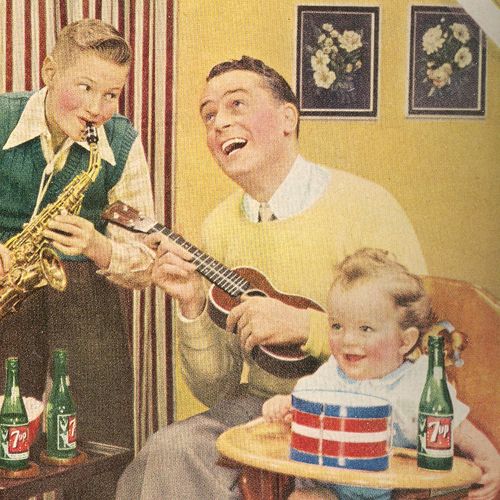
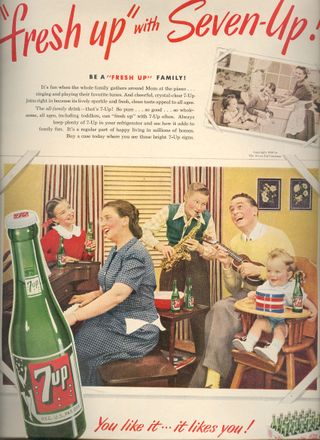
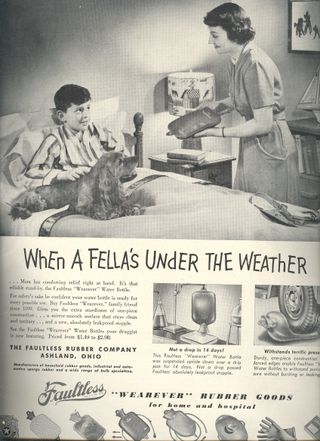
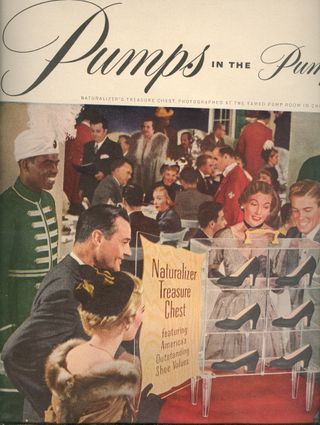
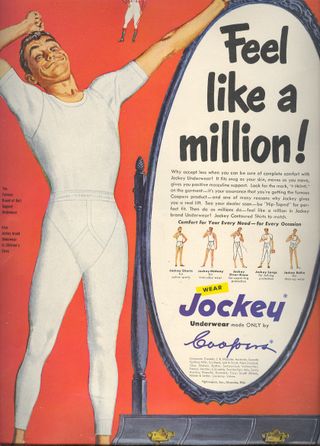
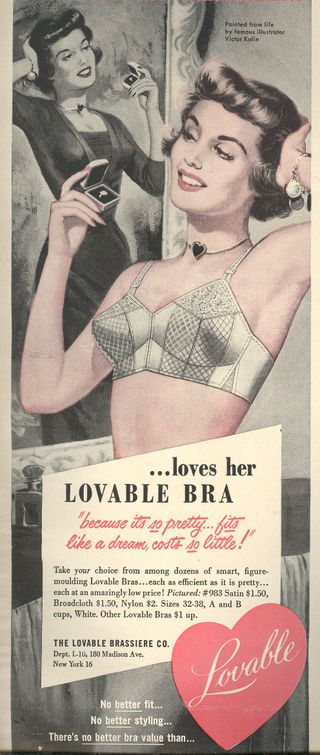

Comments